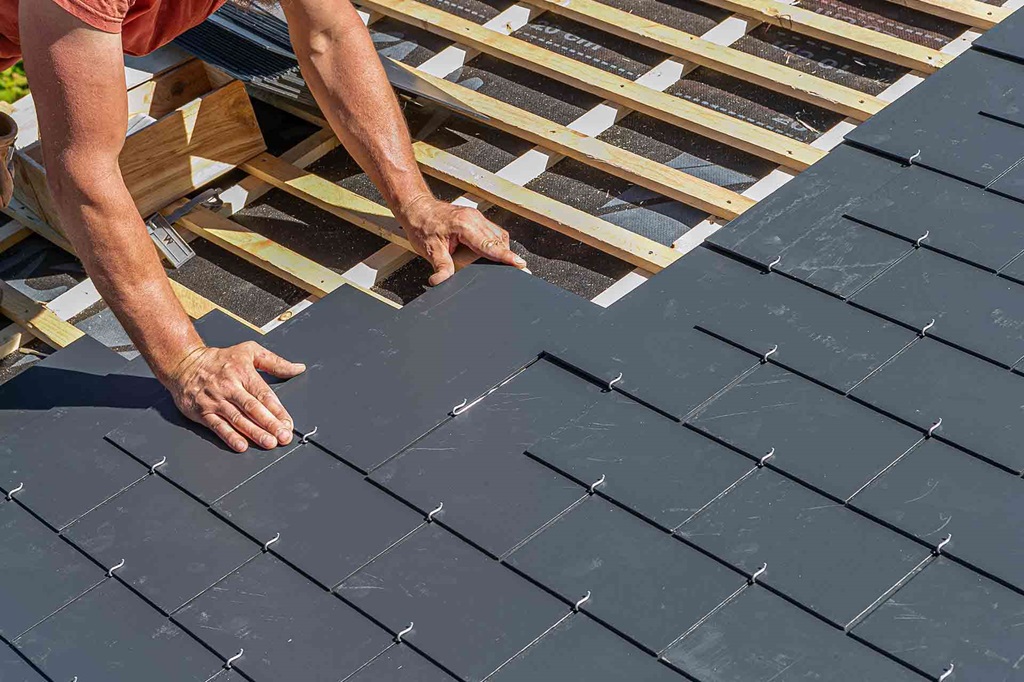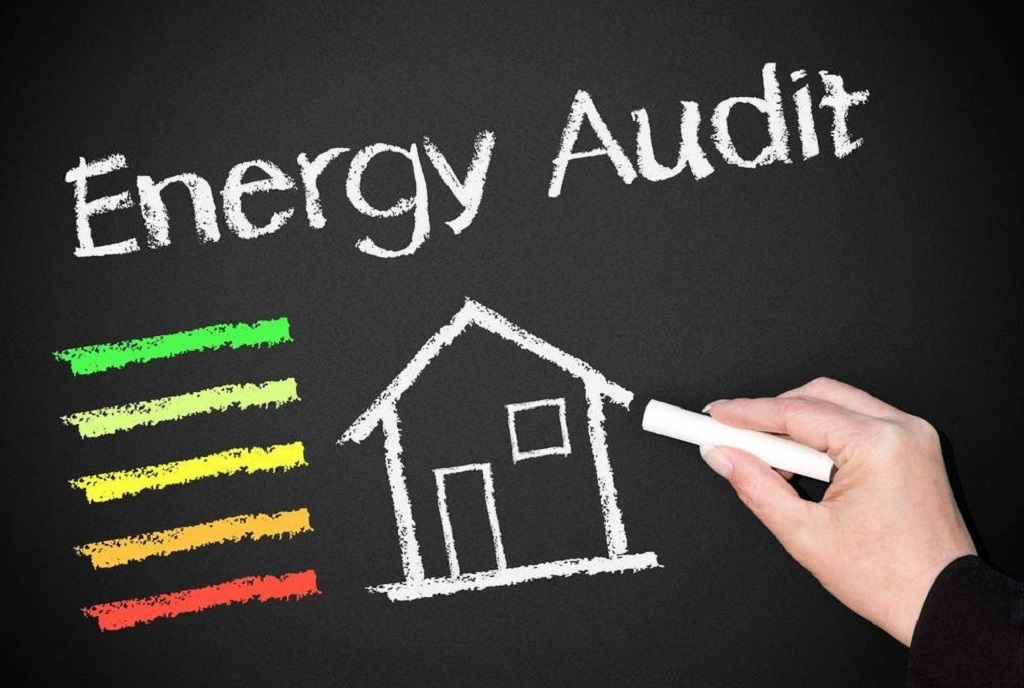Slate roofs, renowned for their timeless beauty and exceptional longevity, have graced homes and structures for centuries. However, even the most durable slate roof will eventually require restoration to maintain its integrity and functionality. Whether you’re dealing with minor repairs or a full-scale restoration, understanding the intricacies of the process is essential. Let’s delve into the critical aspects of slate roof restoration, ensuring your investment remains protected for generations to come.
Understanding the Need for Restoration
Slate roofs, while remarkably enduring, are not impervious to the elements. Over time, exposure to rain, snow, wind, and fluctuating temperatures can lead to gradual wear and tear.
Common issues include:
- Cracked or Broken Slates: Individual slates can develop cracks or even break due to impact damage or freeze-thaw cycles.
- Deteriorated Flashing: The metal flashing that seals roof penetrations (such as chimneys and vents) can corrode and deteriorate, leading to leaks.
- Moss and Algae Growth: Moss and algae can accumulate on slate roofs, particularly in shaded areas, affecting their appearance and potentially compromising their functionality.
- Loose or Missing Slates: Slates can become loose or detach from the roof due to weathering, improper installation, or damage to underlying structures.
The Restoration Process: Step-by-Step
Slate roof restoration is a multi-faceted process that requires expertise and meticulous attention to detail.
Here’s a breakdown of the typical steps involved:
- Inspection and Assessment: A thorough inspection by a qualified roofing professional is essential to identify all existing issues and determine the extent of restoration required.
- Repair or Replacement of Damaged Slates: Cracked or broken slates will need to be carefully removed and replaced with matching slates. Experienced roofers possess the skills to blend new slates seamlessly with existing ones.
- Flashing Repair or Replacement: Deteriorated flashing should be repaired or replaced with new, durable flashing to prevent leaks.
- Moss and Algae Removal: Thorough cleaning and removal of moss and algae will enhance the roof’s aesthetics and prevent further damage.
- Securing Loose Slates: Loose slates will be re-secured using appropriate fasteners and techniques.
- Addressing Underlying Issues: Any damage to the roof’s underlying structure, such as rotted wood or compromised underlayment, will need to be repaired before proceeding further.
- Resealing: The entire roof may be resealed with a specialized slate sealant to enhance its water resistance and protect against future wear and tear.
Choosing the Right Professional
Selecting a qualified and experienced roofing contractor is crucial for successful slate roof restoration. Look for a contractor who specializes in slate roofing and has a proven track record of successful restorations. Request references and inquire about their experience with similar projects.
DIY vs. Professional Restoration
While some minor slate roof repairs may be tackled by DIY enthusiasts, full-scale restoration is best left to professionals. Slate roofing is a specialized skill that requires proper tools, techniques, and safety measures. Attempting complex repairs without adequate expertise could lead to further damage or safety hazards.
Factors Affecting Restoration Costs
Several factors influence the overall cost of slate roof restoration:
- Size and Complexity of the Roof: Larger or more complex roofs will naturally require more time and materials, increasing the cost.
- The Extent of Damage: The severity of damage will dictate the scope of work and associated costs.
- Type and Availability of Slates: Replacing rare or specialized slates may be more expensive due to limited availability.
- Accessibility of the Roof: Roofs that are difficult to access may incur additional costs due to the need for specialized equipment or scaffolding.
- Labor Costs: Labor rates can vary depending on your location and the experience of the roofing contractor.
Related: Finding the Perfect Slate Texture for Your Roof: A Comprehensive Guide
Financial Considerations and Insurance

Slate roof restoration can be a significant investment, but it’s essential to remember that it’s also an investment in your home’s value and longevity. Explore potential financing options, such as home improvement loans or lines of credit, to make the restoration financially feasible.
It’s also advisable to contact your insurance provider to determine if any part of the restoration costs may be covered, particularly if the damage resulted from a covered peril such as a storm or falling object.
Maintenance and Longevity
Once your slate roof has been restored, proper maintenance will help ensure its longevity. Regular inspections and cleaning will identify and address minor issues before they escalate into major problems. Clearing debris, trimming overhanging branches, and keeping gutters clean will also contribute to the roof’s health.
With diligent care, a restored slate roof can easily last another 50 to 100 years or even longer, providing beauty, protection, and value to your home for generations to come.
Environmental Considerations
Slate, being a natural material, is a sustainable and eco-friendly roofing option. Compared to synthetic roofing materials, slate has a lower environmental impact during production and disposal. Opting for restoration over replacement further reduces waste and conserves resources.
Related: How to Fix a Leaking Roof from the Inside: A Comprehensive Guide
Enhancing Energy Efficiency
During the restoration process, consider incorporating energy-efficient upgrades to your slate roof. Adding insulation or upgrading the ventilation system can significantly improve your home’s thermal performance, leading to energy savings and increased comfort.
Conclusion
Slate roof restoration is a meticulous process that demands expertise and commitment. By understanding the intricacies of restoration, choosing the right professional, and prioritizing maintenance, you can ensure that your slate roof remains a timeless asset to your home. Embrace the beauty, durability, and eco-friendliness of slate, and enjoy the peace of mind that comes with a well-maintained roof over your head. Remember, slate roof restoration is not merely a repair; it’s a preservation of history, elegance, and lasting value.



